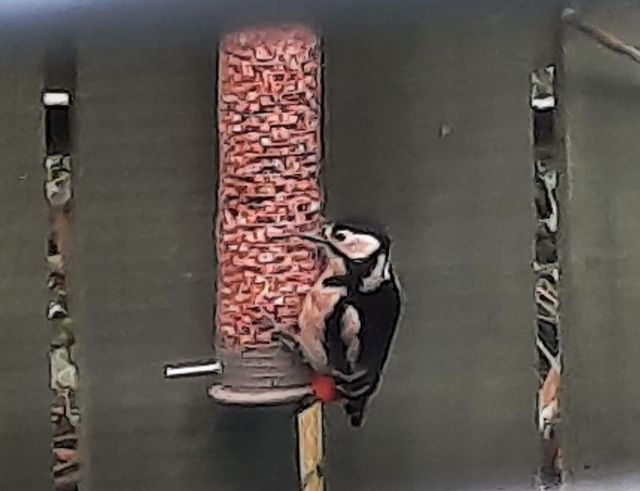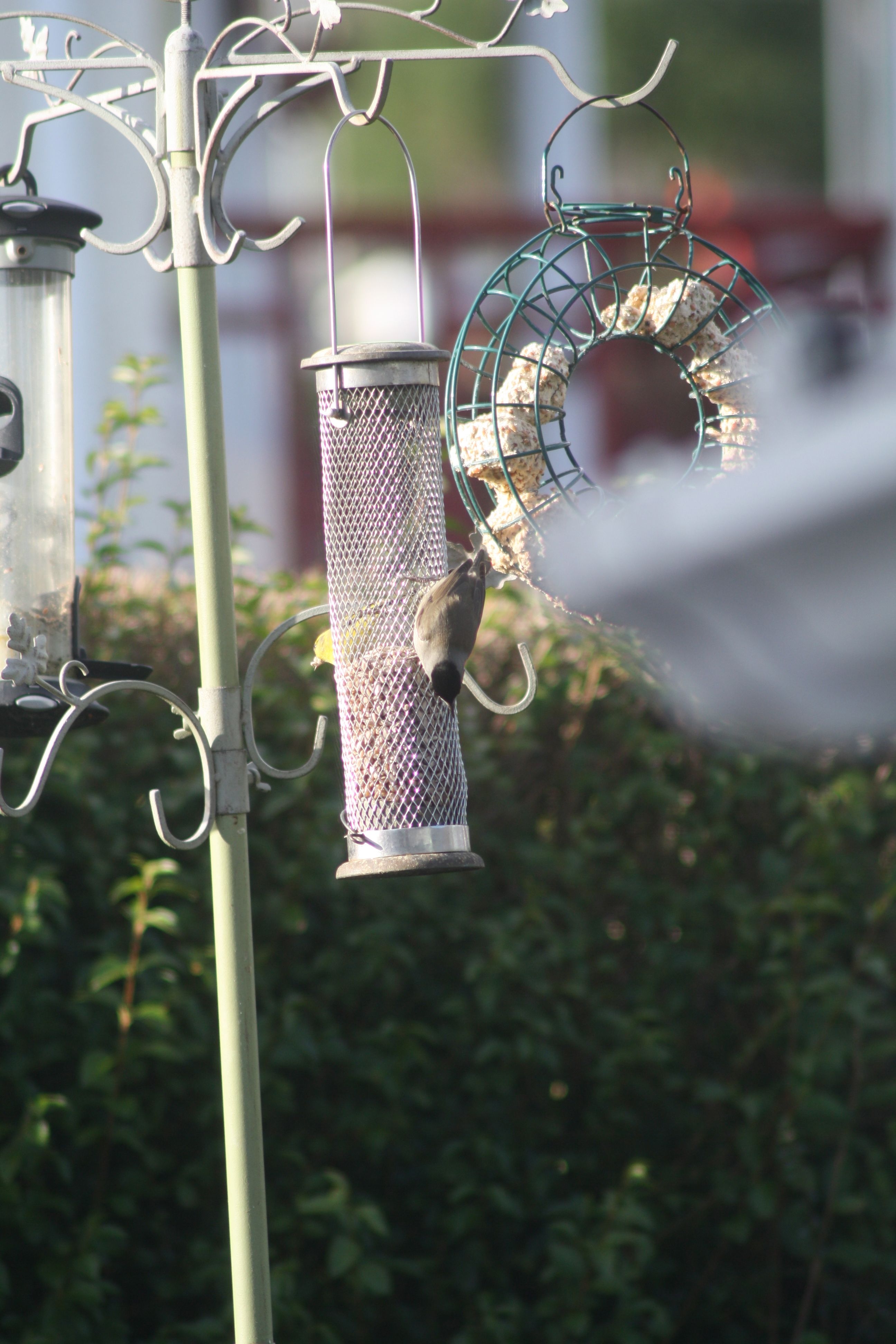
It’s amazing how there are broad families of birds – completely different species that are somehow distantly related and share the same characteristics.
You have crows, thrushes, finches, wagtails and sparrows. A jay and a jackdaw look very different, but they’re both crows. Thrushes all eat worms, finches seeds, wagtails insects and sparrows, well, almost anything!
Come winter, some whole extended families desert Ireland en masse for hotter climes. Insect-eating warblers won’t survive in Irish winter, so as soon as summer ends they’ll up sticks for Africa. Except for this one on Dúlra’s feeder this week.
I'm hoping I'll see Blackcaps this weekend for the #BigGardenBirdWatch since they're one of my more special garden visitors. But last year one Blackcap chased everything else off the feeders so might be at the expense of seeing anything else 😂 #BelfastHour #NIBigGardenBirdwatch pic.twitter.com/467dZjiPz5
— Copper and Blue Ireland (@CopperandblueIr) January 28, 2021
A decade or so ago some blackcaps, caipín dubh in Irish, decided they didn’t much fancy that long trek to Africa. For some reason one bird – it must have been a lazy one – decided to stay put. Migration throws up all sorts of risks anyway – thousands of blackcaps are illegally caught for ‘traditional’ dishes as they cross the Mediterranean – so the life-or-death toss of a coin of staying was maybe worth risking.
And when all those millions of migrant warblers returned to Ireland the following spring, they discovered that the brave blackcap was waiting there to greet them. Risking starvation in an Irish winter had paid off and even given it an advantage over the migrants – it could choose the best breeding spot before all the others arrived.
Garden food was what made the difference. Blackcaps don’t nest in gardens – they need the wilderness of our forests and thickets where blackthorn and briars grow uncontrolled. But to survive a winter when all the insects they require are gone, they have to visit the towns and cities.
And the reason Dúlra mentions bird families is that our only wintering member of the warbler family is oh so different from every other species. It doesn’t balance on feeders like a member of the tit family, it doesn’t feed on the ground like chaffinches or sparrows, it doesn’t forage among the undergrowth like dunnocks or robins, it doesn’t show off its bright colours like many chittering finches.
Warblers are a breed apart. They’re elegant and aloof as if they’re more sophisticated than all the other birds who they wouldn’t dream of mixing with. They wait until the other birds are gone before they’ll venture out from a hedge to fill their stomachs at the feeder.
They might look plain, dull even – only the black head of the male helps it stand out, while the female’s head is brown. But they know they’re special, different. Just how special we’ll find out in spring.
That’s when they’ll turn the lower slopes of the Belfast hills into an amphitheatre filled with the most glorious music – blackcaps are often called the country nightingale.
The Irish blackcap is one of our few success stories. In old Ireland they were almost unheard of – that one was shot by the Bishop of Down in his Belfast garden in 1934 was newsworthy at the time.
Today, they are our most successful warbler. Their ability to take advantage of bird tables in winter has turbocharged this bird and its population is soaring.
This spring, the slopes of the Belfast hills will echo to the fabulous song of the blackcap like never before.
• If you’ve seen or photographed anything interesting or have any nature questions, you can text Dúlra on 07801 414804. Thomas Cullen from Springbank in Poleglass has had a special visitor to his garden – one that beats a blackcap hands down. The great spotted woodpecker has been feeding in his garden all week – nipping in from nearby Colin Glen. A once-native bird, it has been absent from Ireland for several hundred years before making a gradual return in just the last decade. It’s receiving a big Irish welcome in Poleglass!







